Alaska Gasline Development Corporation December 1st Meeting Report
On Dec 1, 2022 The Alaska Gasline Development Corporation (AGDC), a quasi-public state corporation created by the Alaska Legislature with a mandate to extract and market North Slope gas, held their fourth and final public board meeting of the year.
AGDC’s proposed project is a 800+ mile natural gas pipeline that would run from North Slope gas fields, down under the Cook Inlet to a processing plant in Nikiski that would liquify the gas, making it Liquified Natural Gas (LNG) for export overseas. According to a timeline presented during the December 2022 board meeting (slide 6, last row), AGDC has a goal of handing off the AK LNG project to private developers by June 30, 2023, leaving Alaskans a small window of time to stop this mega-project.
Aside from the significant climate impacts and environmental consequences, a new gasline doesn’t make fiscal sense with an estimated cost of $38 billion dollars. AGDC has already received nearly $630 million since 2010 for projects that never even broke ground. To date, AGDC allegedly has multiple investors lined up and continues to pursue Japanese and South Korean companies with the help of the Biden and Dunleavy Administrations. In a time where we need to drastically shift our energy off of fossil fuels, this LNG project would lock us into fossil fuels for at least 30 more years as investors require a return on their investments. With an estimated lifecycle emissions of 3.2 billion metric tons of CO2 equivalent, this project would nearly triple Alaska’s carbon footprint. Instead of investing in projects that will knowingly exacerbate climate change, Alaska needs to invest in transitioning to methods of creating clean and renewable energy.
Early in the December 1st meeting, AGDC’s President Frank Richards gave an update on the proposed pipeline project for the AGDC Board. An eloquent spokesman, Richards captivated the board with his promotion of using false solutions such as a hydrogen hub and carbon sequestration facility (two technologies that have not proven viable yet) to green wash the proposed pipeline. Frank presented hydrogen hubs and ‘carbon sequestration’ facilities as a solution to pollution from the natural gas pipeline as well as to entice overseas investors interested in using this energy to reach “net zero”, an empty term fossil fuel companies use to greenwash their activities.
Hydrogen hubs are a developing technology that have a nice ring to the name, but as Ben Boettger with Cook Inletkeeper stated during his comment “the devil is in the details'' and those details were not included in Richard’s presentation. Currently, hydrogen hubs aren’t much more than a tool to justify continued pollution. The cost of building hydrogen hubs is a prohibitive factor, and is only beneficial when used for existing sources of stationary pollution. Throughout his presentation, Richards conflated “Blue Hydrogen” and “Green Hydrogen”. Green Hydrogen is a technology which is made via renewable-powered electrolysis while Blue Hydrogen is created using natural gas. Carbon sequestration (geological, as with this project) is a separate process by which carbon is captured, compressed, and stored underground. Sequestration processes are in their infancy, and until storage is 100% effective, a potential leak would negate any benefits from having stored carbon at all. The application for the State of Alaska to get funding for hydrogen hubs is due April 2023. This overt green-washing appears to be a push to increase the budget for the proposed pipeline. Intervening before this pipeline comes to fruition is going to be a collective effort with partners and community members to keep it in the ground. We will work to continue to make the process accessible to members of the public.
If you are interested in getting involved to help stop this extractive proposed project and shift our state’s energy instead towards transitioning our labor force towards a regenerative economy and renewable energy then you can reach out to Arleigh (KING! Organizer) at arleigh@fbxclimateaction.org
For more information on the proposed pipeline check out our Facts At A Glance sheet and our LNG Info Document
